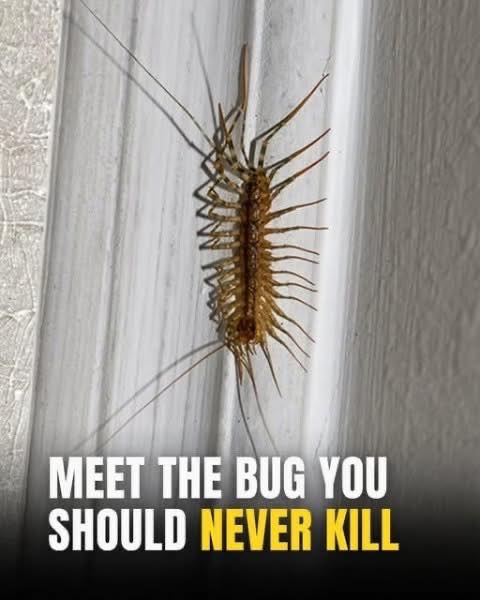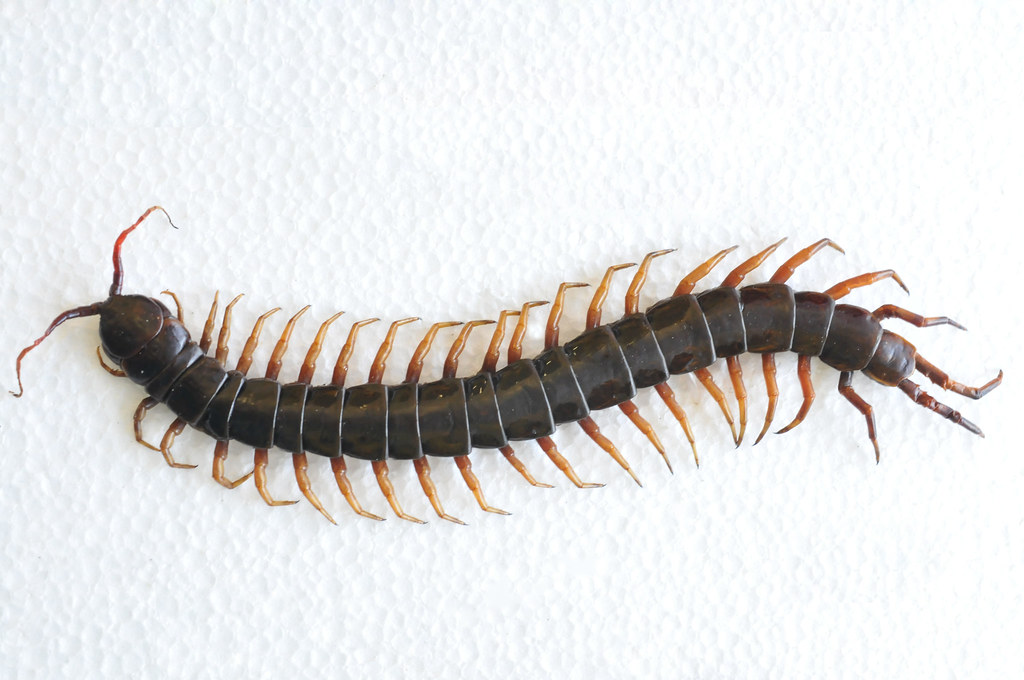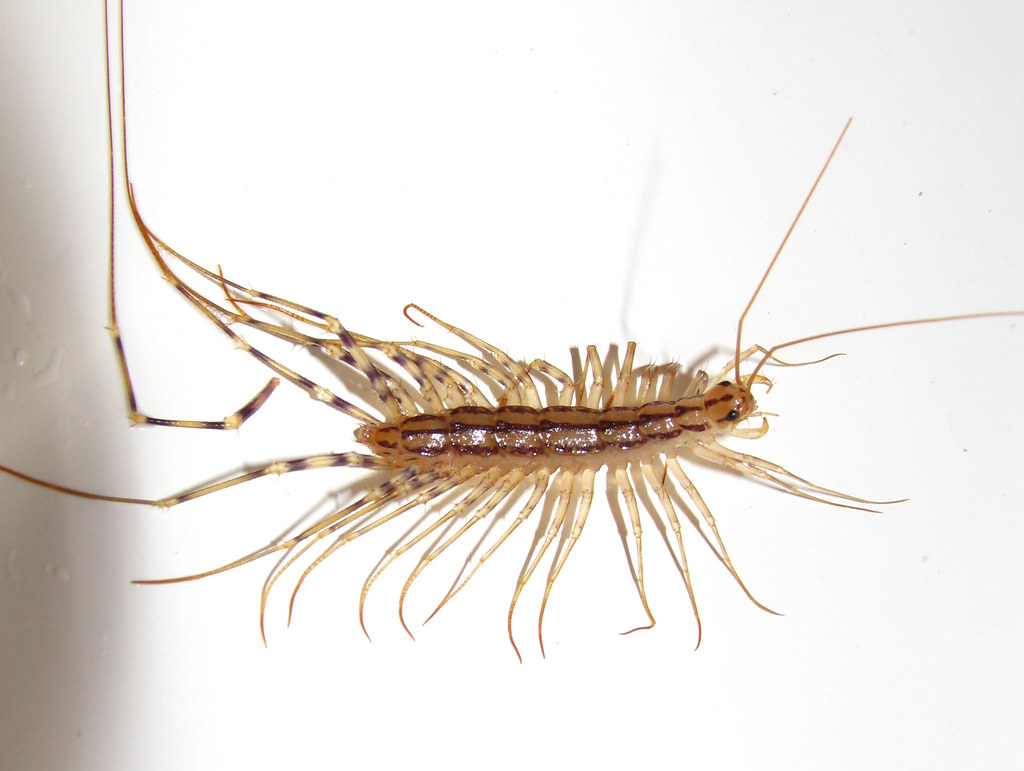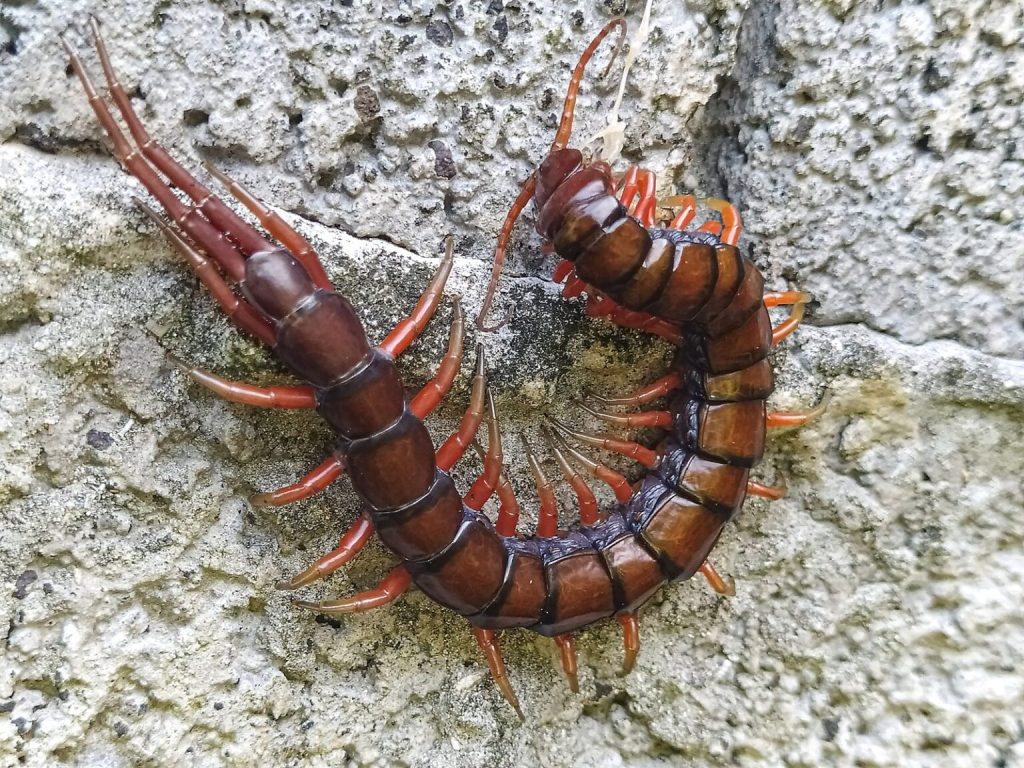Why You Should Think Twice Before Killing a House Centipede

Centipedes are easily recognized by their elongated, worm-like bodies, numerous legs, long sensitive antennae, and shades ranging from yellow to dark brown. Hidden in their small mouths are venom glands, giving them a reputation that often sends shivers down spines.
Astonishingly, a centipede can have anywhere between fifteen and seventy-seven pairs of legs, allowing it to dart across floors and even scale walls with ease.

Are Centipedes Dangerous to Humans?
Although centipedes can bite and inject venom, their bites rarely pose a serious threat to humans or pets. At most, you might experience mild soreness or redness where bitten, but no major health issues have been linked to these creatures.
Still, it’s understandable why many might flinch at the sight of one. However, before reaching for a shoe or spray, it’s worth learning why house centipedes are actually helpful — and why calling a pest professional, rather than handling them yourself, is the smarter move.

Five Fascinating Facts About Centipedes
Here are some surprising things you might not know about these misunderstood household visitors:
- Their Legs Tell Their Story:
A centipede’s number of legs can change over time. Through molting, they can regenerate lost legs — meaning older centipedes often have more legs than younger ones. - Ancient Survivors:
Centipedes are among Earth’s oldest creatures, with roots dating back over 400 million years. - Speed Demons:
Far from sluggish, centipedes can sprint more than a foot in less than a second, thanks to their segmented bodies, waxy exteriors, and dozens of legs. - Fearless Hunters:
Larger centipedes can overpower prey much bigger than themselves, while smaller species feed on worms, insects, roaches, and mollusks. - Long Lifespan:
House centipedes, in particular, can live up to six years — much longer than most household pests.
Even with their fascinating history, few homeowners enjoy having these swift creatures lurking in basements or bathrooms.

Who Hunts Centipedes?
Centipedes aren’t invincible. Birds, spiders, frogs, mice, beetles, and snakes are among their natural predators. Larger centipedes might turn the tables, hunting down smaller frogs or spiders, but generally, young and weaker centipedes fall prey to these animals.
The Real Reason You Shouldn’t Kill House Centipedes
Spotted a house centipede and ready to get rid of it? Hold on.
Having a few house centipedes around can actually be a good thing. They’re natural pest controllers, feeding on cockroaches, spiders, termites, moths, and other unwanted bugs. Plus, unlike other pests, they don’t build webs or nests that could further clutter your home.
That said, a few centipedes are helpful — but an infestation is a different story. Left unchecked, a large centipede population could signal deeper pest problems and eventually cause new issues of their own.
Since a single centipede can live up to ten years, it’s wise not to let them become long-term tenants.
If you notice frequent sightings, it’s best to call pest control experts. They can assess whether the centipedes are merely helping, or whether there’s a bigger hidden pest issue at hand.
Help spread the word:
Share this important info with your friends and family!